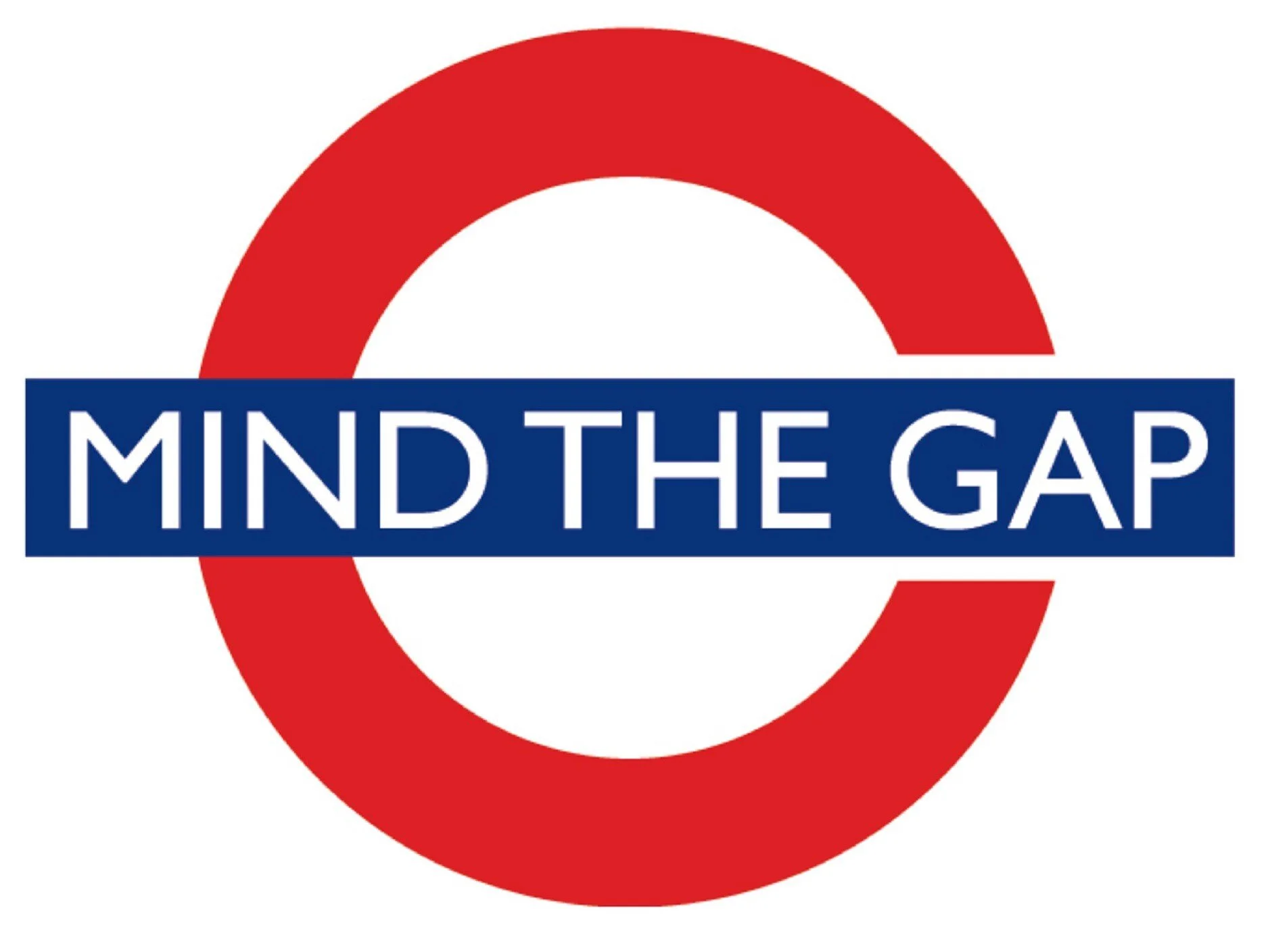The Tech Knowledge Gap
Back when I taught Digital Citizenship & Literacy to sixth-grade students, we launched a new initiative at our school called the Hour of Code. The idea was to foster an enjoyment and appreciation for computer science with a one-hour introduction designed to "demystify code" and show that anyone can learn the basics. This was followed by a unit we did using Scratch, a programming language invented at MIT that teaches kids the basics of coding in a fun and engaging way.
WHY IS THIS SO IMPORTANT?
Fewer than half of all schools in the United States teach Computer Science, and while there is no shortage in the number of job opportunities in Computer and Informational Technology occupations, there is a shortage in the number of qualified candidates to fill those roles.
As we continue to rely on technology and it becomes increasingly complex, the number of job opportunities in that sector continues to rise. According to the Bureau of Labor Statistics, employment of computer and information technology occupations is "projected to grow 13 percent from 2016 to 2026, faster than the average for all occupations". Additionally, the median annual wage is higher than the average median wage for that of workers in other industries.
The gender gap within tech has also been well-documented. Fewer women major in Computer Science. Contributing factors include cultural conditioning and a lack of female role models working in the tech industry. However, if we had a more diverse set of workers from different backgrounds, it would bring more unique perspectives, and thus, lead to greater innovation. Additionally, to effectively market to the target customer demographic, wouldn't it make sense to include developers, UX designers, and other collaborators from that specific demographic, since they could then better empathize with customers, understanding their unique wants and needs?
In the video below, Bill Gates describes the current tech labor shortage, specifically at the high school level, and how we could, potentially, allow more skilled workers from other countries to work and gain permanent residency in the U.S. Although this video is from 2009, there is currently a lot of controversy around this topic, which is still relevant today.



